Better Shelter creates sustainable housing for refugees displaced by climate crisis
Social enterprise Better Shelter creates sustainable housing for emergencies, delivering modular homes in flat packages that can be rapidly assembled without the need for tools or electricity

Social enterprise Better Shelter creates emergency and temporary sustainable housing for communities displaced by the climate crisis. With pilot sites for its shelters, called ‘Structure’, currently in India, Afghanistan, Tajikistan, and Rwanda, its short-term solutions provide a sustainable response to the climate crisis that has left millions homeless.
The company, based in Stockholm, Sweden, delivers modular homes in flat packages that can be speedily assembled without the need for tools or electricity. Equipped with a lockable door and a solar-powered lamp, they are created using materials local to their site, such as bamboo, timber and wattle and daub, and have the potential to be adapted by their occupiers for longer use.
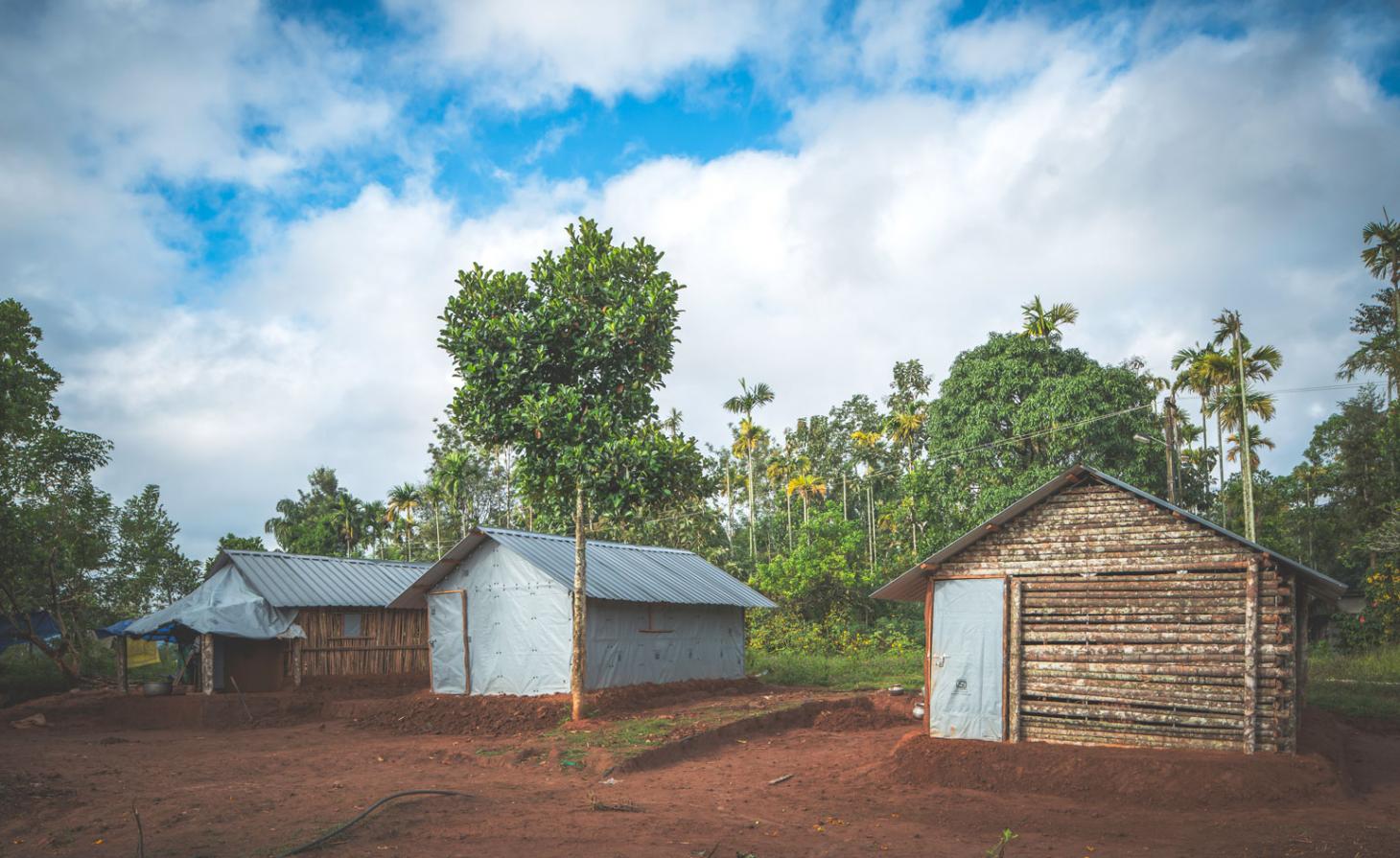
Shelters in India
‘Scalability, user participation and sustainability are the key elements we consider when designing the shelters,’ says Better Shelter managing director, Johan Karlsson. ‘With Structure, we want to provide a reliable shelter to save lives in emergencies, but as importantly, [it needs] to work as a safe and reliable base that can be upgraded to a more permanent shelter over time, by the end users themselves. We want to leave as many material and technique-related decisions as possible to local experts, and reinforce material traditions and techniques available locally.’
While the units are designed in-house, local architects from humanitarian aid partners play a crucial role in developing plans for the external cladding, considering how it can be best adapted with available local materials to suit its environment. Currently, he says, Better Shelter is working with non-profit organisation Seeds in India, for example, whose director of design Kamal Chawla and team ‘have built family shelters using local material in Kerala, and are now working on a larger project in the Delhi area’, adds Karlsson.
The Structure project has been the subject of a recent architecture exhibition at LA’s Tase gallery, which has been an opportunity to increase awareness and fundraise: ‘Anything showcased at Tase, whether it’s fashion photography or a non-profit exhibition, is presented in a minimal, digestive way, which can be aesthetically pleasing and extremely comprehendible,’ says the gallery’s founder Jessie Andrews. ‘Showing people exactly what they need to see, as opposed to getting as much content into an exhibition as possible, is something I really focus on. A metal structure along with key powerful images, a short bio and QRC donation code allowed us to raise thousands of dollars on opening night.’
It is a timely call to action, as the need for the shelters is rapidly increasing. ‘Research shows that several so-called slow-onset drivers, like drought, desertification and coastal erosion, will increase and thereby lead to further displacement,’ says Karlsson. ‘The numbers vary, but research shows that by 2050 we may have reached 200-250 million people displaced, which is more than twice today’s displaced population. Climate change is not a future threat. It is happening now. How we build local resilience and develop scalable solutions will determine how well we can prevent its consequences.’
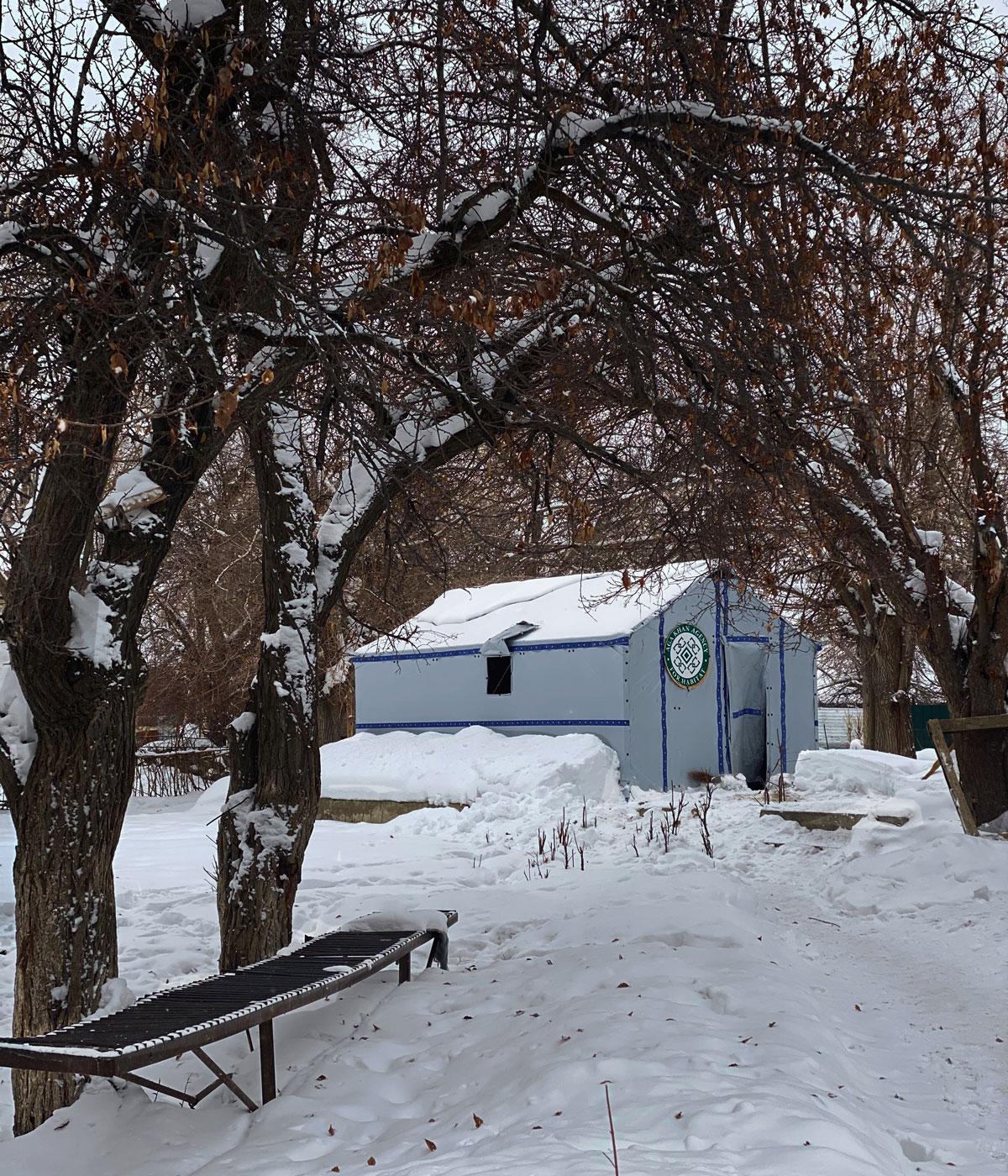
Shelter in Tajikistan
INFORMATION
The exhibition is at Tase Gallery until 21 May
Receive our daily digest of inspiration, escapism and design stories from around the world direct to your inbox.
Hannah Silver is the Art, Culture, Watches & Jewellery Editor of Wallpaper*. Since joining in 2019, she has overseen offbeat art trends and conducted in-depth profiles, as well as writing and commissioning extensively across the worlds of culture and luxury. She enjoys travelling, visiting artists' studios and viewing exhibitions around the world, and has interviewed artists and designers including Maggi Hambling, William Kentridge, Jonathan Anderson, Chantal Joffe, Lubaina Himid, Tilda Swinton and Mickalene Thomas.
-
 In Norway, discover 1000 years of Queer expression in Islamic Art
In Norway, discover 1000 years of Queer expression in Islamic Art'Deviant Ornaments' at the National Museum of Norway examines the far-reaching history of Queer art
-
 The Wilke is LA’s answer to the British pub
The Wilke is LA’s answer to the British pubIn the Brentwood Village enclave of Los Angeles, chef and restaurateur Dana Slatkin breathes new life into a storied building by one of Frank Gehry’s early mentors
-
 Top 10 gadgets of 2025, as chosen by technology editor Jonathan Bell
Top 10 gadgets of 2025, as chosen by technology editor Jonathan BellWhat were the most desirable launches of the last 12 months? We’ve checked the archives to bring you this list of the year’s ten best devices
-
 At the Holcim Foundation Forum and its Grand Prizes, sustainability is both urgent and hopeful
At the Holcim Foundation Forum and its Grand Prizes, sustainability is both urgent and hopefulThe Holcim Foundation Forum just took place in Venice, culminating in the announcement of the organisation's Grand Prizes, the projects especially honoured among 20 previously announced winning designs
-
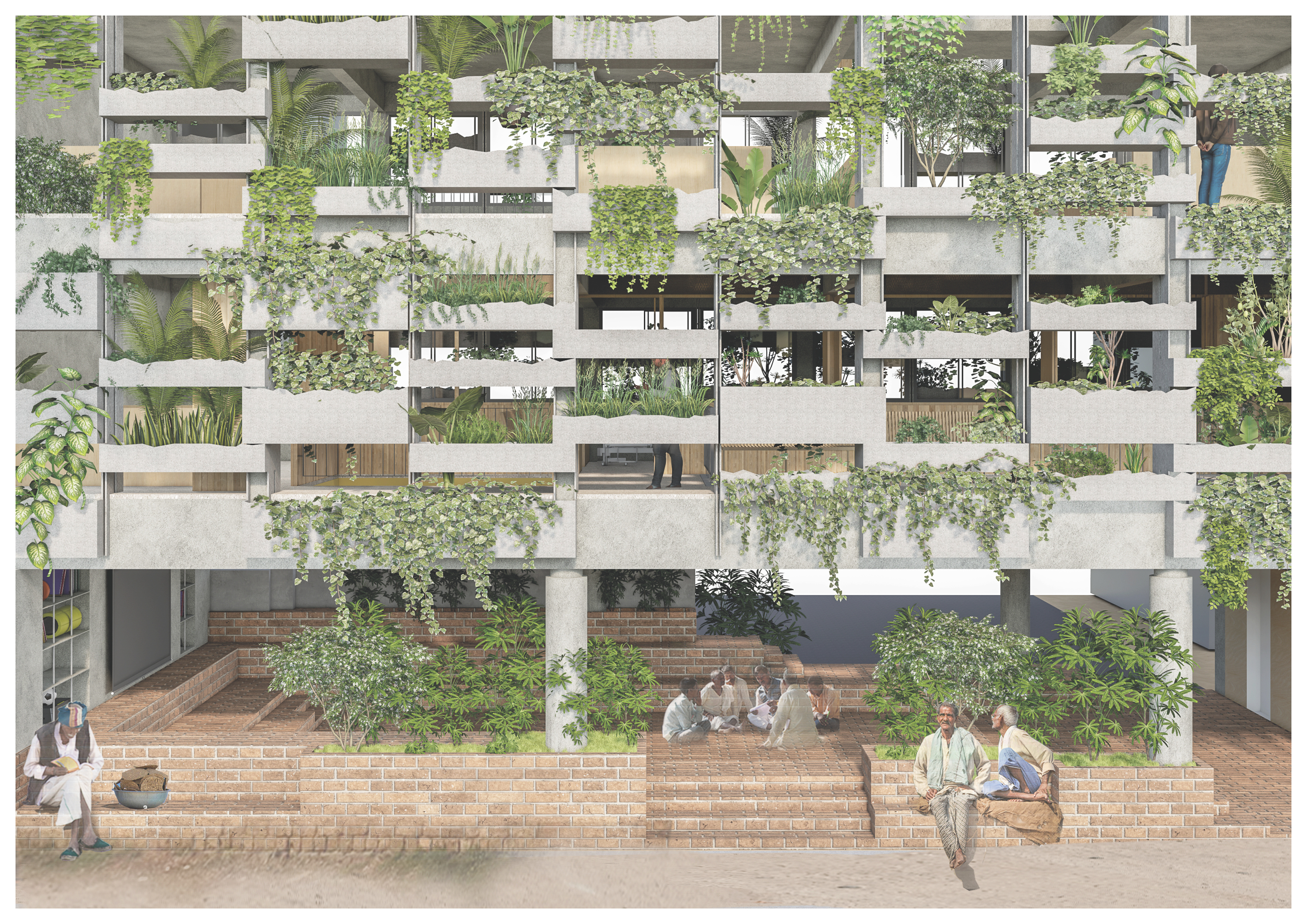 Holcim Foundation Awards celebrate sustainability with 20 winners; Sou Fujimoto explains all
Holcim Foundation Awards celebrate sustainability with 20 winners; Sou Fujimoto explains allThe 2025 Holcim Foundation Awards have just been announced, crowning 20 projects from across the globe as the most inspirational schemes in the field of sustainable architecture; we caught up with Asia Pacific jury chair Sou Fujimoto to find out more
-
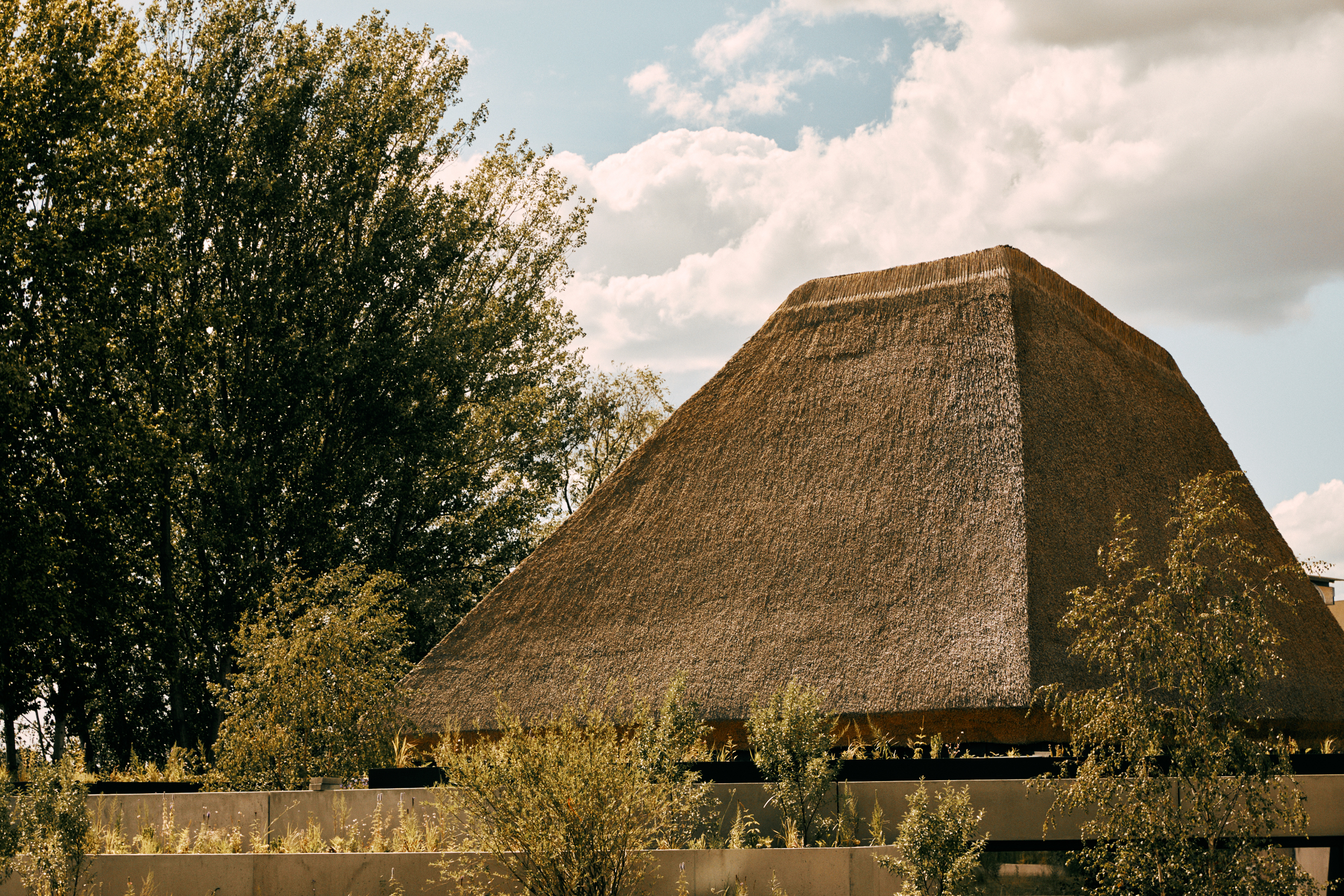 What are biomaterials? Everything you need to know about Mother Nature's building blocks
What are biomaterials? Everything you need to know about Mother Nature's building blocksCould the cities of the future be grown from plants, bacteria and fungi? Architects explain
-
 What is eco-brutalism? Inside the green monoliths of the movement
What is eco-brutalism? Inside the green monoliths of the movementThe juxtaposition of stark concrete and tumbling greenery is eminently Instagrammable, but how does this architectural movement address the sustainability issues associated with brutalism?
-
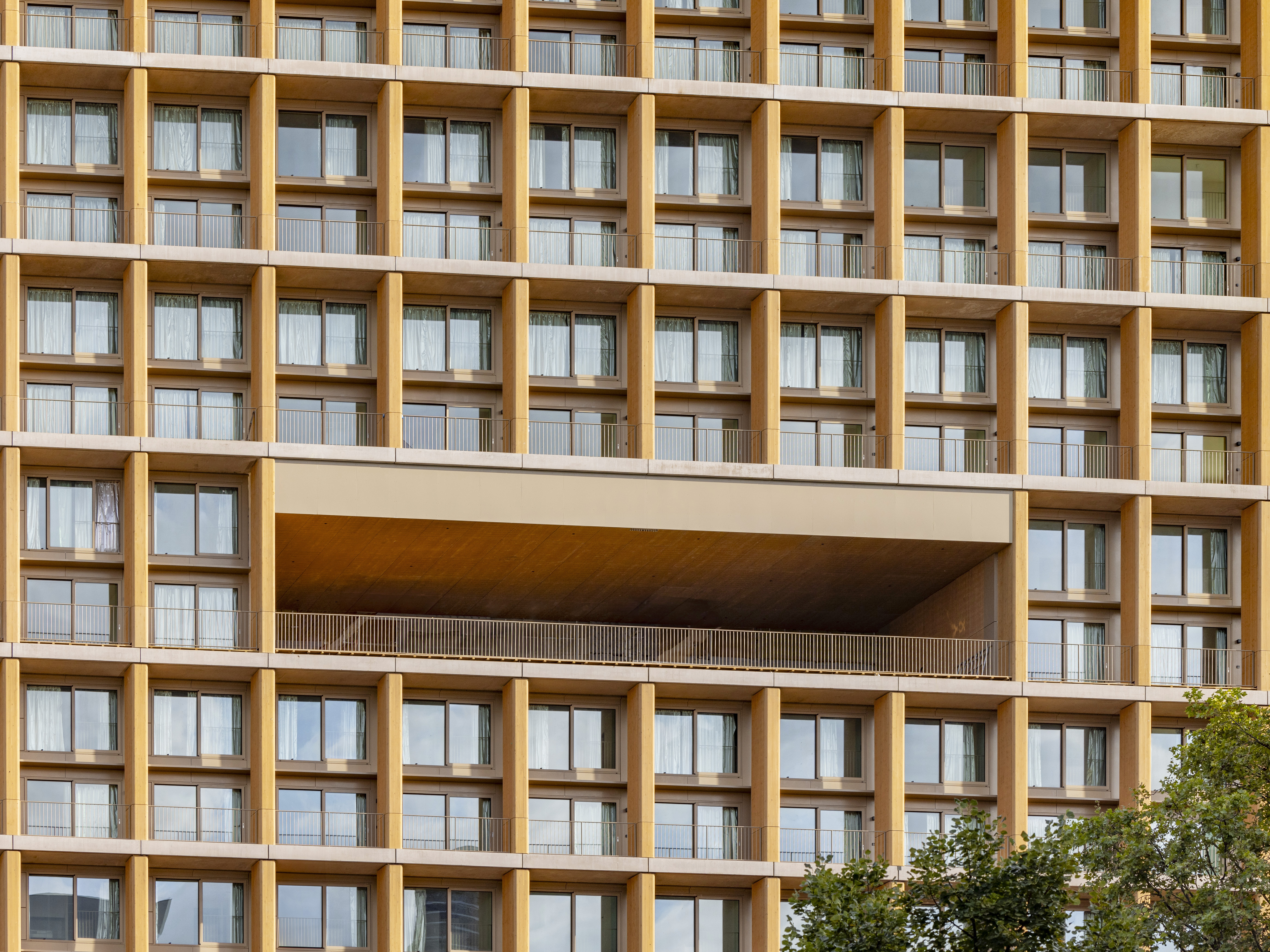 Explore wood architecture, Paris' new timber tower and how to make sustainable construction look ‘iconic’
Explore wood architecture, Paris' new timber tower and how to make sustainable construction look ‘iconic’A new timber tower brings wood architecture into sharp focus in Paris and highlights ways to craft buildings that are both sustainable and look great: we spoke to project architects LAN, and explore the genre through further examples
-
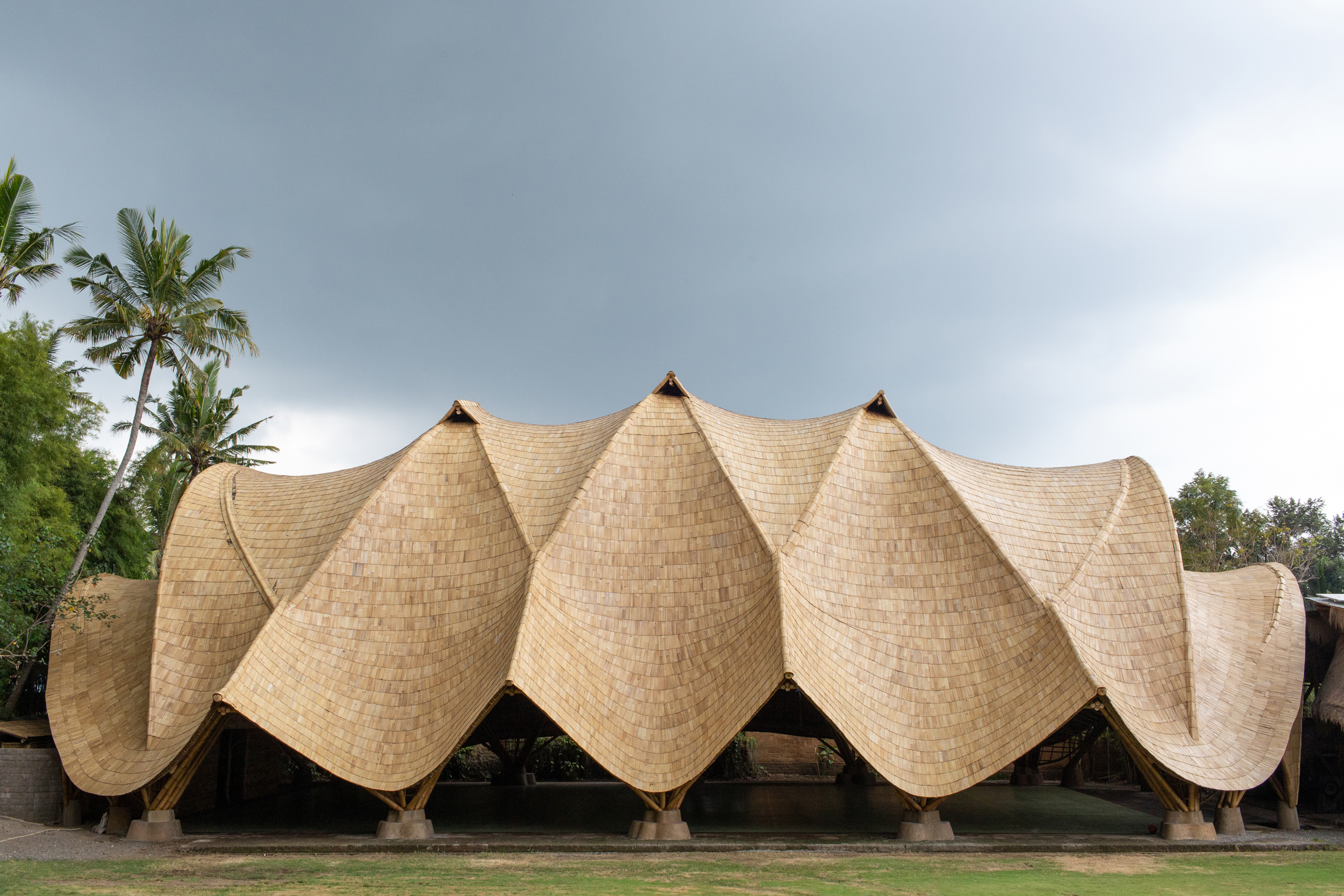 Building with bamboo: In Bali, designer, Elora Hardy, shares her tips and experience
Building with bamboo: In Bali, designer, Elora Hardy, shares her tips and experienceBamboo architecture can be powerful and sustainable; here, we talk to Ibuku's Elora Hardy, who shares her tips, thoughts and experience in working with the material in Bali
-
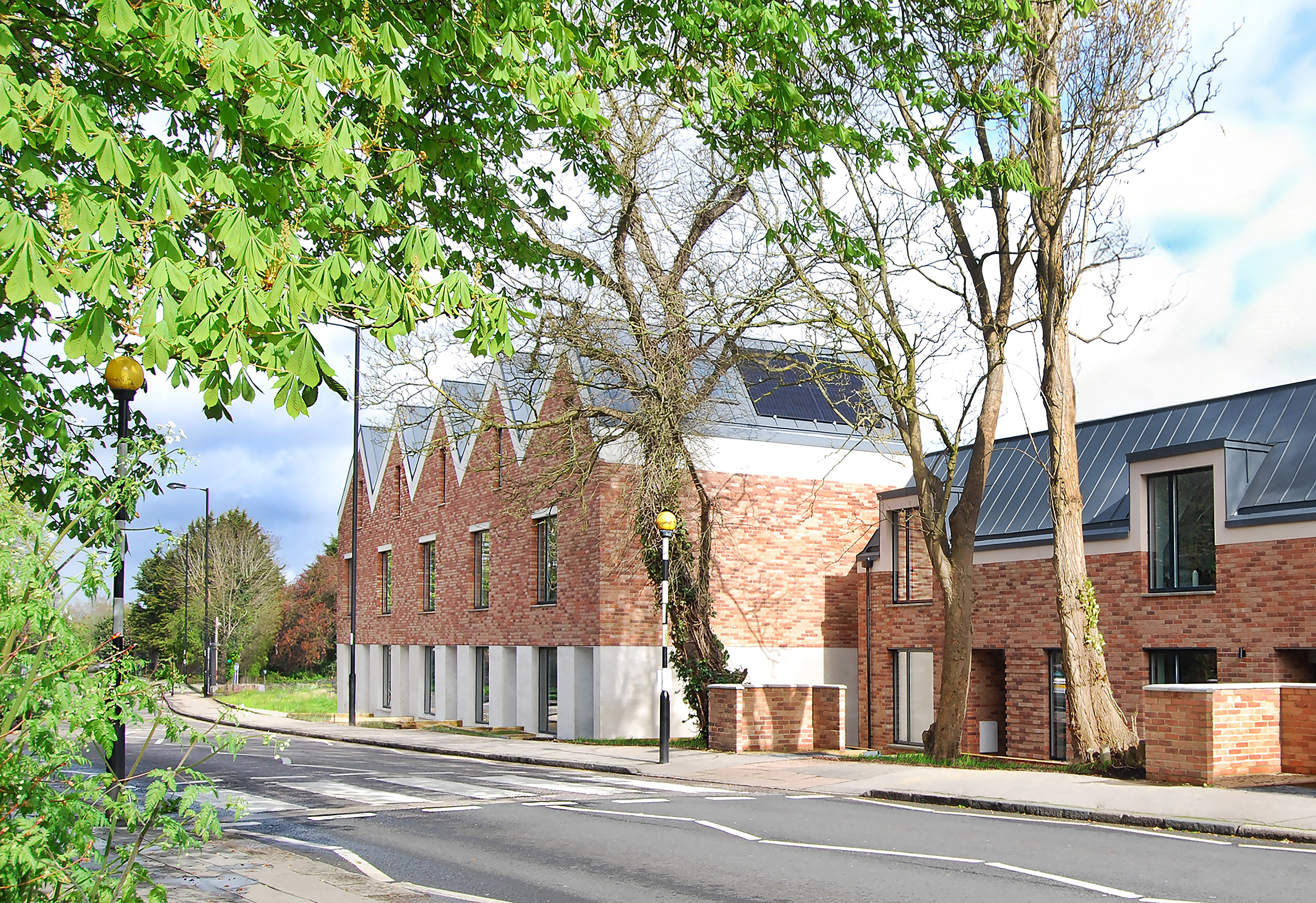 Hermitage Mews is a net-zero family of homes in London’s Crystal Palace
Hermitage Mews is a net-zero family of homes in London’s Crystal PalaceHermitage Mews by Gbolade Design Studio is a sustainable residential complex in south London's Crystal Palace, conceived to be green and contextual
-
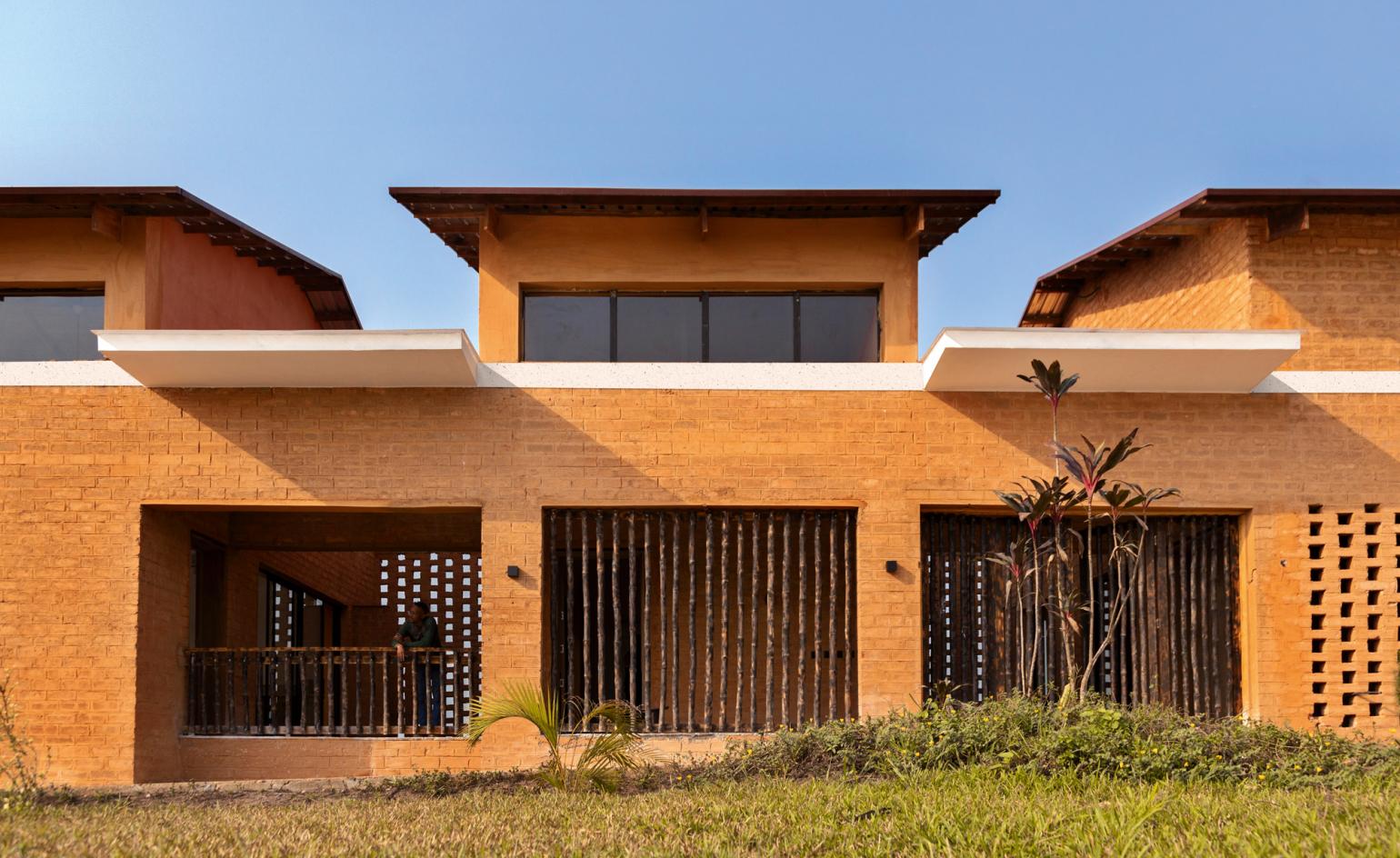 Sustainable architecture: 46 innovative and inspiring building designs
Sustainable architecture: 46 innovative and inspiring building designsThis is sustainable architecture at its best: from amazing abodes to centres of care and hard-working offices, these buildings not only look good but also do good